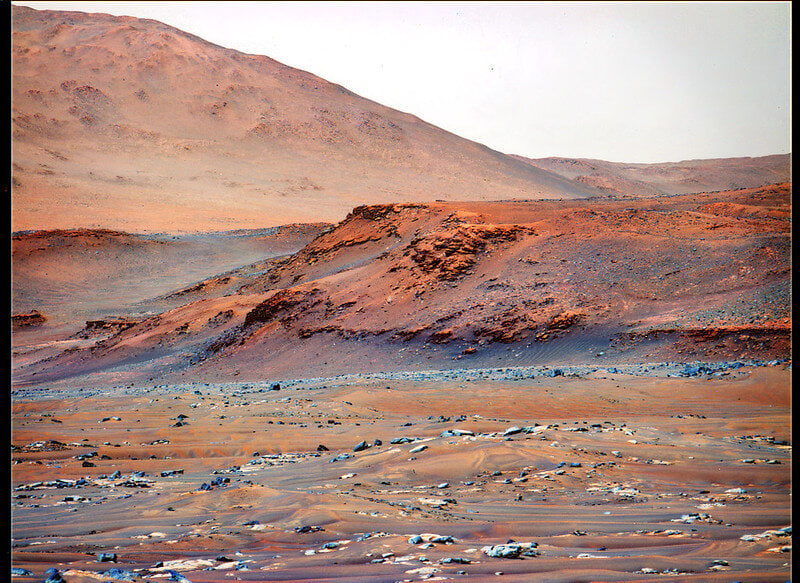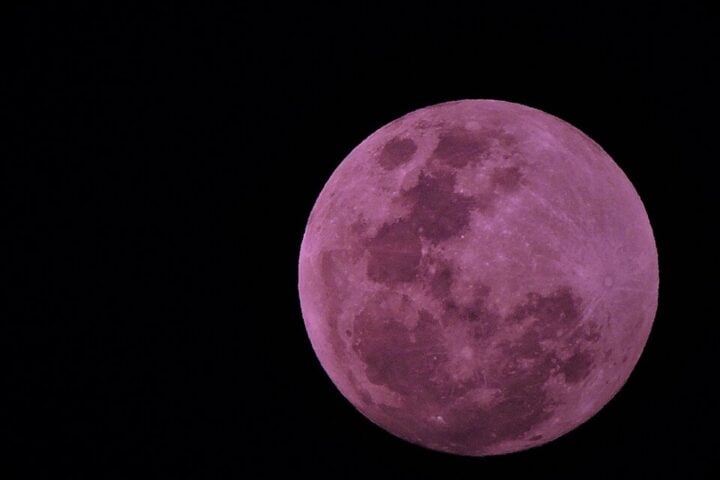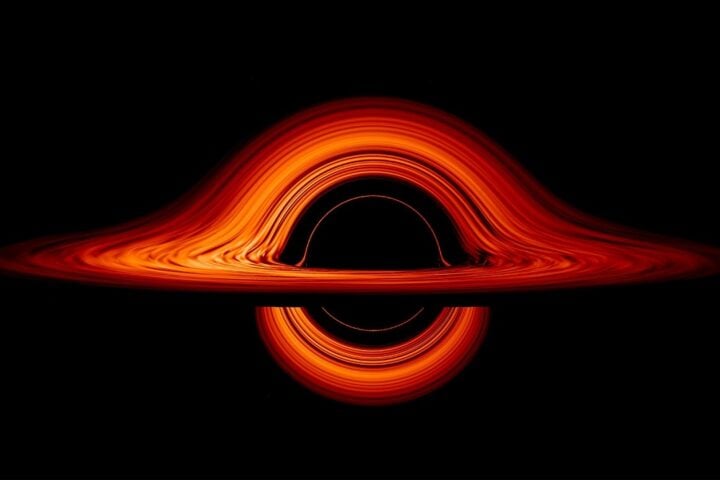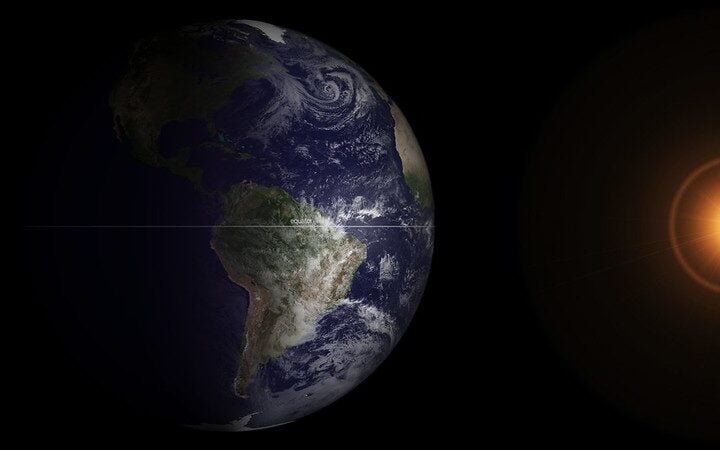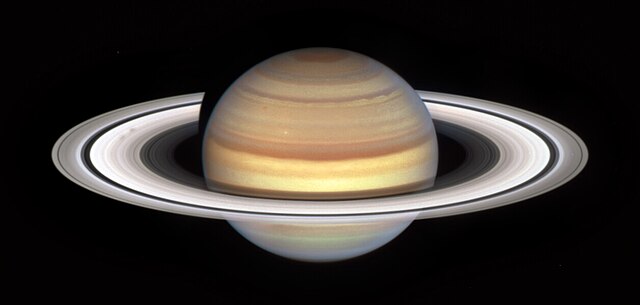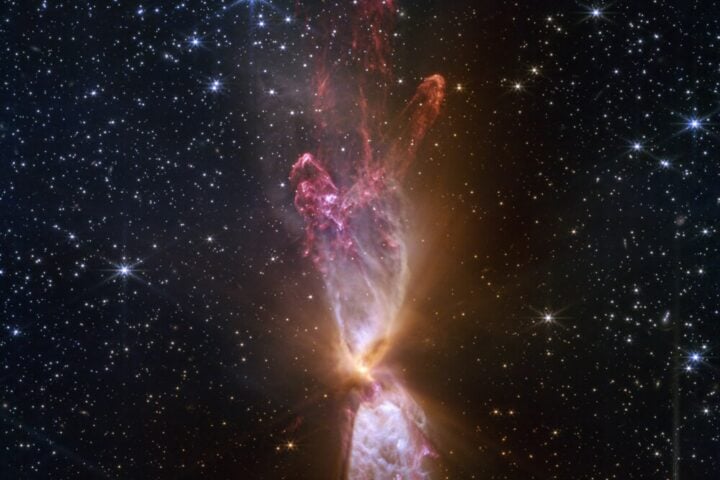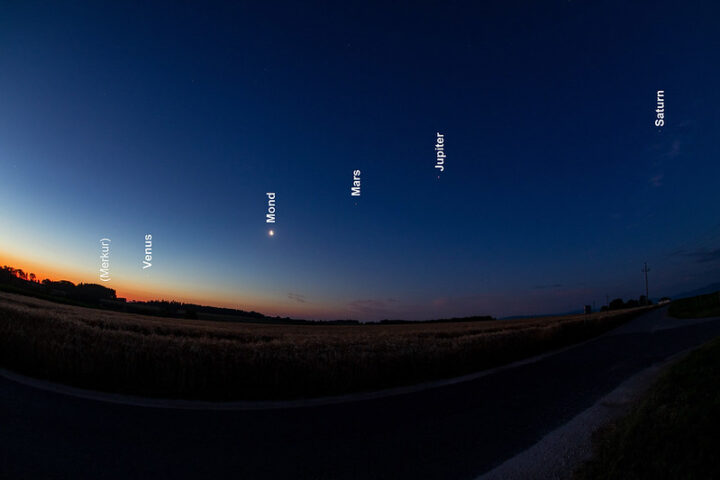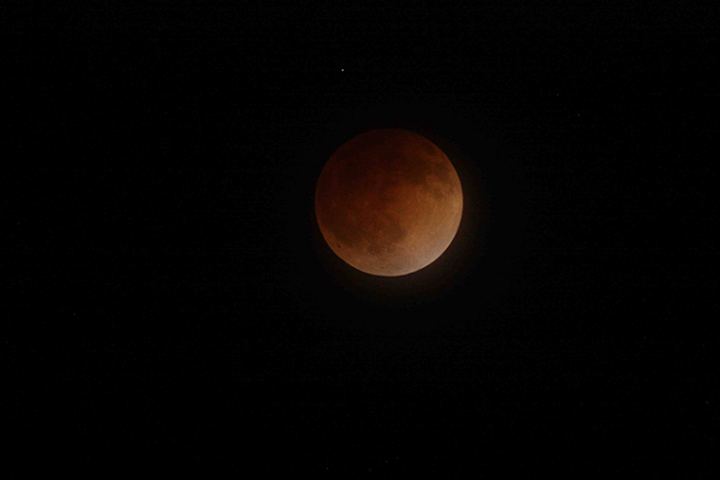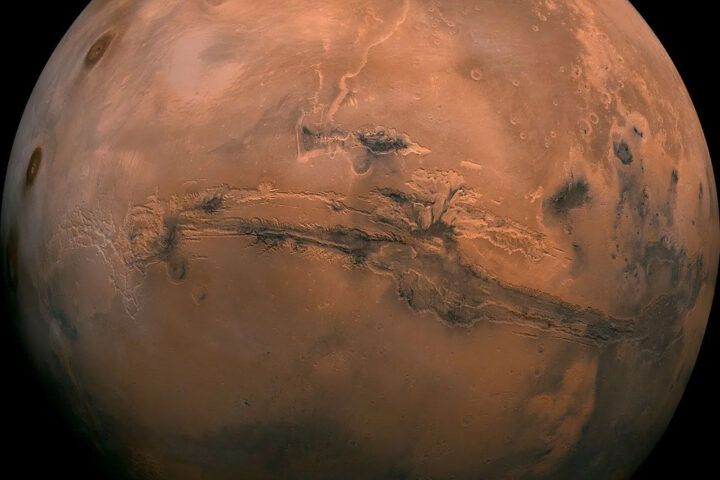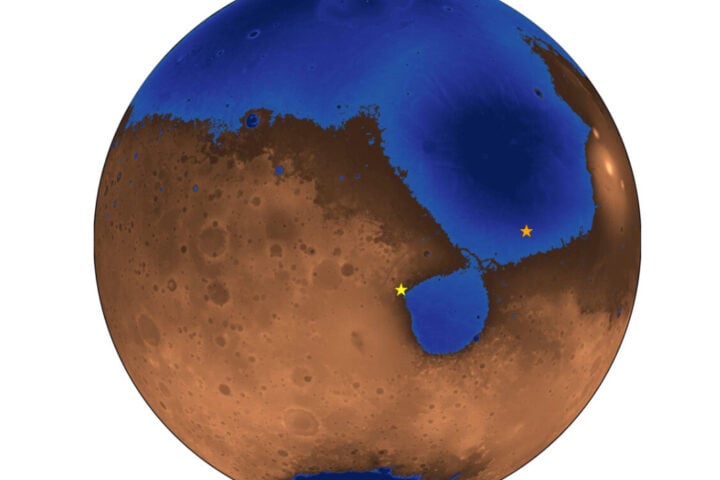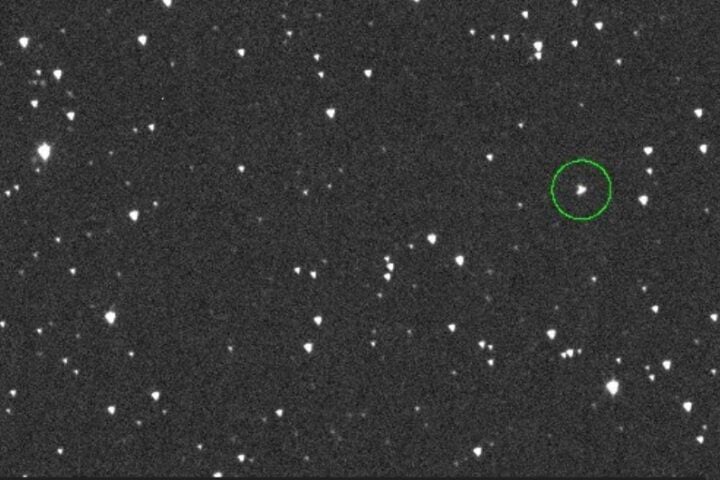The CIA’s “Mars Exploration May 22, 1984” report, declassified in 2017, details remote viewing sessions claiming to observe Mars from one million years ago.
Project Stargate, operating from Fort Meade, Maryland (1977-1995), employed binaural beats and hemi-sync audio to induce altered consciousness states in subjects for intelligence gathering.
The Mars session’s subject reported seeing an “oblique view of a pyramid” and a “very large road.” They described “very tall, thin people” wearing “fitted silk-like clothing” seeking refuge from environmental devastation in pyramid structures during severe storms.
“The Planet Mars. Time of interest approximately one million BC.” The coordinates were provided in a sealed envelope.
NASA’s current Mars exploration data focuses on searching for signs of microbial life in Mars’ geological record through missions like the Perseverance rover.
The SETI Institute and other space research organizations emphasize the need for rigorous scientific investigation.
More Stories
Critical Analysis:
- Project duration: 1977-1995
- The document provides no physical evidence for Mars viewing claims
- Project focused on psychic research during Cold War period
- Research included remote viewing, telepathy, and psychokinesis
Technical Documentation:
- Document ID: Mars Exploration May 22, 1984
- Declassification Date: 2017
- Location: Fort Meade, Maryland
- Program Components: Remote viewing, ESP, intelligence gathering
Mars exploration continues through scientific methodology, with current missions providing empirical data through technological advancement.
